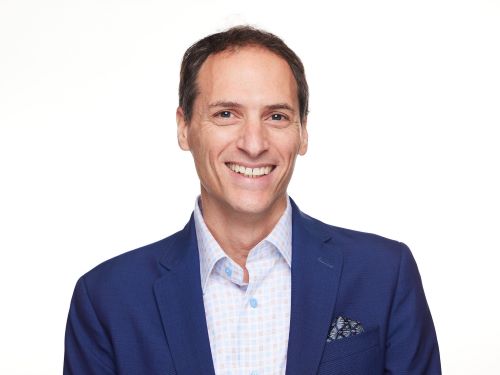Questionable Causes
In the pro bono heyday of the 1980s and early ’90s, law students looking for big-firm jobs were encouraged to interview prospective employers about their commitment to serving the public with free legal services.
But as the economy faltered and competition for jobs by recent graduates and young associates turned fierce, that dynamic changed. Today, many associates are finding that their firms are not only cracking down on pro bono time commitments but also limiting the types of pro bono cases associates can accept.
Topping the list of tough sells are cases involving environmental activism, terrorism, reproductive rights and prayer in schools.
At Atlanta’s Kilpatrick Stockton, pro bono partner Debbie Segal estimates that in 95 percent of the cases she gets from referring agencies or associates, she can make a quick decision about whether her firm will accept a case pro bono. “Our goal is to do as much pro bono work that fits within our policy as possible,” she says.
Segal says she hasn’t had to deal with a controversial case in her three years with the firm, but she does have a way to deal with one if it arises. A memo describing the case will be distributed by e-mail to all the firm’s lawyers, who can respond with their opinions. The final decision will be made by the managing partner.
For those cases that might pose conflicts, Segal checks with someone else, like the pro bono committee chair or a practice group head. If there is a conflict, Segal says, she must reject the case but always provides the associate with as detailed an explanation as possible.
Esther F. Lardent, president of the Pro Bono Institute at Georgetown University Law Center, applauds this type of rejection. Otherwise, the firm risks demoralizing associates eager to do pro bono. “The answer can’t just be no,” she says. “It’s healthy to have some discussion.”
Contentious Case Gets the Kibosh
Such a response could have avoided some ill will felt by one Chicago associate. The associate’s firm turned down the associate’s request to represent anti-war protesters who were caught in sweep arrests. At first, the rebuff seemed nearly unbearable. Given a chance, the associate, who asked not to be named, planned to jump ship to a firm that better shared the associate’s values.
Then reality sunk in. This legal market is simply too competitive to risk losing a job over a lost pro bono opportunity, the Chicago associate says. Plus, there is plenty of need to go around. Several months later, the associate is doing pro bono that is vetted by the firm and is no longer talking of leaving.
“I’m exploring other options that are less controversial but still allow me to feel like I’m doing good in the world,” the associate says. “There’s so much need out there for pro bono of any kind.”
Third-year associate Seth D. Levy had better luck with his pro bono proposal. Despite his firm’s initial reluctance, he pleaded his cause and was allowed to take the case.
Not long after joining Pillsbury Winthrop’s Los Angeles office, Levy approached the firm and asked to represent a man who was battling his health insurer. The man had only days to live unless his insurance could be reinstated. Levy knew that big firms often shied away from representing the insured, especially on a pro bono basis, because there could be business conflicts if the firm represents providers. But Levy persisted, mostly because the case could determine how long this man lived. He saw it as a call-to-duty case. “I had to look at it and say, ‘If not for me, then who?’ ” he says.
Levy says the firm allowed him to do the work, but not without reviews by his senior associate, a partner who will supervise the work, the pro bono committee and others whose clients might be peeved by the case.
The lesson? Even when there is potential for conflicts, it’s worth asking and sometimes doing some careful pushing. The client with the insurance problem is “far better now,” Levy says. “Nobody else was going to take the case,” he says. “You can’t be heartless.”
Write a letter to the editor, share a story tip or update, or report an error.


